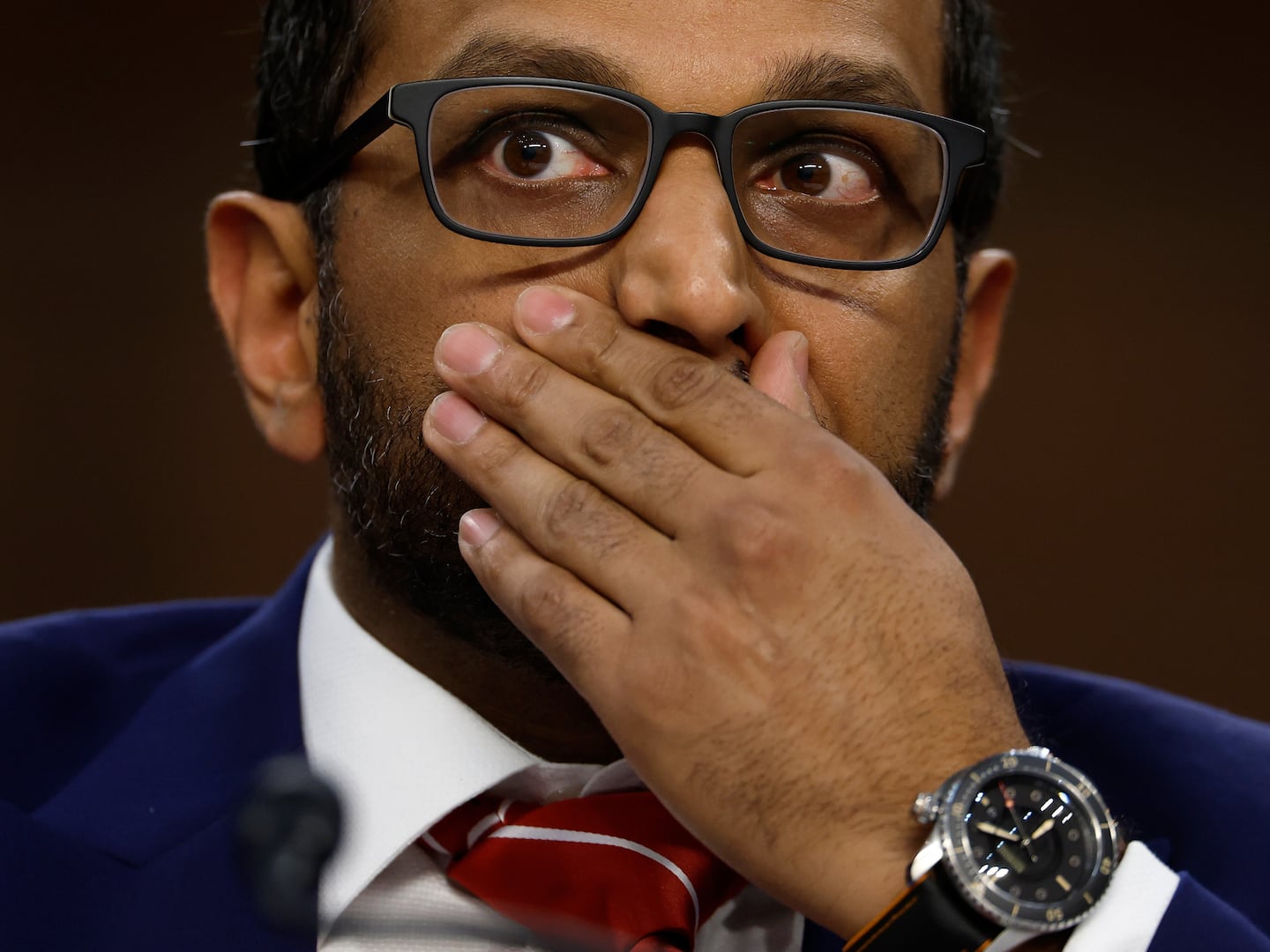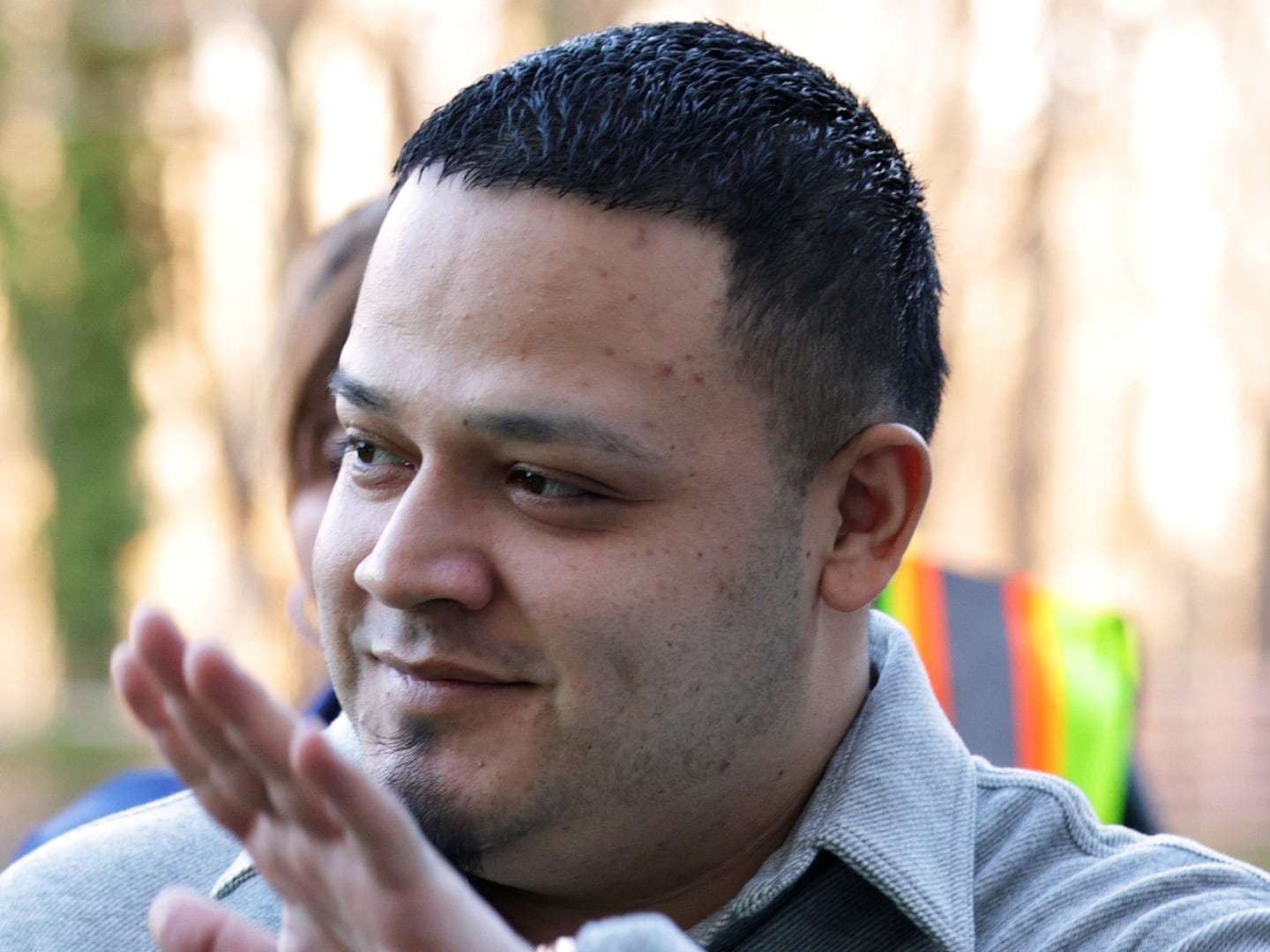On Thursday morning, an emotional and defiant Francesco Schettino, the erstwhile captain of the Costa Concordia, finally got back on board the ill-fated cruise liner he crashed into the rocks of Giglio island on Friday the 13th of January, 2012. It was the first time since the accident that Schettino has been to Giglio to see the Concordia , which was parbuckled to an upright position in an extraordinary maritime salvage operation last September. “I’m here to help establish the truth,” he said before getting onboard. “I’m showing my face to honor the survivors and victims.”

Thirty-two people died during a chaotic evacuation more than an hour after the Concordia scraped the rocky shores of Giglio about three hours after the ship left Civitavecchia port on the Italian mainland. Schettino ordered a maritime salute or ‘fly-by’ of the island in an apparent attempt to impress a retired ship captain who lived on Giglio (but who wasn’t there that fatal night) and to show off to a Moldavian dancer who was his guest on the cruise. But the ship skimmed too close to the shore, lodging an 80 tonne boulder into its hull after hitting a shallow outcropping that was clearly marked on the maps. Last year the dancer, who was a witness in Schettino’s trial, admitted in court that she was in an amorous relationship with the Concordia captain, and that she was on the bridge with him when the disaster occurred. Schettino ensured the woman’s safe evacuation and then left the ship before hundreds of stranded passengers could get off the stricken vessel, claiming he “fell” into a lifeboat in the chaotic evacuation and that he could not get back onboard because the ship was slanted. He was seen by several passengers at the Bahamas hotel in Giglio port looking for dry socks.
In a now-famous taped exchange between Schettino and Giorgio De Falco, the port authority on duty in Livorno the night of the accident, it is clear that Schettino willingly refused to return to the capsized ship. When De Falco asked him why he left his post on the ship’s bridge from which he should have been directing the evacuation, Schettino’s voice quivered and he replied, “Commander, at this moment the ship is tilting.” De Falco then said, “I understand, but listen. There are people coming down the stem ladder. You must take the ladder in the opposite direction. Get on board the ship and you tell me how many people are on board. What do they have? Is that clear? You tell me if there are children, women, people with special needs. And you tell me how many there are. Look, Schettino, you might have been saved from the sea, but I will make your life difficult.” He then said, “Vada a bordo cazzo” which loosely translates to “Get on board, for f**k’s sake.” The phrase has gone viral in Italy complete with t-shirts and bumper stickers with “Vada a bordo cazzo!”
This time, Schettino asked to get back on board and was allowed to climb onto the sunken Concordia via a makeshift scaffolding ladder as part of his ongoing criminal trial for manslaughter, abandoning ship and causing a maritime disaster. He was not allowed to comment or ask questions. He was there because he is a defendant in the case, not as an expert, the judge who approved Schettino’s participation in the visit told journalists. He joined his legal team, a three-judge panel and a slew of maritime experts who boarded the ship to examine the emergency generators and elevators, which Schettino’s team contends contributed to the gravity of the accident. Schettino says that emergency generators could have given the ship enough power to navigate the ship after it crashed. He also maintains that the failure of watertight doors led to the flooding of the engine compartments, ultimately causing the ship to capsize.
Schettino maintains that he is not solely responsible for the crash and has pointed to the fact that five Costa employees, including officers on the ship and the emergency coordinator at the Costa headquarters in Genoa with whom Schettino spoke more than a dozen times between the crash and the call to abandon the ship, have already pled guilty to manslaughter as part of plea bargains in which they will testify against the captain. After he disembarked the sunken ship, Schettino told reporters that he accepts responsibility for his role in the disaster. "We can't say that nothing happened but we have to understand what really happened and every one has to assume responsibility for their actions."
He also claims he is a hero, not a villain, because only 32 of the 4,229 passengers and crew perished in the disaster. After the Concordia hit the rocks and lost power after the engine rooms flooded, the ship drifted out to sea before miraculously turning 180 degrees and heading back towards the island where it got caught on an underwater cliff and finally capsized. Schettino contends that his keen navigational skills helped save lives after the accident occurred—never mind that the ship had no steering power—and that the ship’s mechanical failures were what led to the deaths of the 32 passengers.
Schettino’s return to Giglio to board the ship is the first time he has been back since the crash. Residents of Giglio did not welcome him back. Some hung signs from their windows. One restaurant refused to serve him. His lawyer Domenico Pepe said the former captain’s life has been destroyed. "It's a difficult moment, but Schettino is a decent person who is struggling to prove the truth,”Pepe told reporters on Giglio harbor. “He has nothing left: the authorities have seized the only property he had. He was fired, so he has no salary. His wife does not work, and he has to support his child. His life is destroyed, and we are like David against Goliath.”
The captain’s case has been bolstered by the fact that two engineers working for the Costa company as consultants in the massive salvage operation have been put under criminal investigation for “breaking the seal of a crime scene” prior to the last judicial onboard visit and allegedly tampering with data to help bolster the case against Schettino. Franco Porcellacchia and Camillo Casella allegedly entered the bridge of the Costa Concordia prior to the last judicial visit in January without express permission from the court. No one—not even the head of the salvage operation—can board the ship without permission from the court because of ongoing trial. The salvage crews have conducted all of their work to upright and eventually refloat the ship on the extrenal portions of the vessel. “The idea that the breaking of the seals has been an episodic oversight or a superficial error is highly unlikely," wrote the investigating judge who is investigating whether the Costa experts are guilty of evidence tampering. A preliminary hearing will be held in Grosseto in late spring in the separate case.
Schettino is expected to testify in his trial sometime this spring, and a verdict is expected before the end of the year. He faces more than 20 years in prison. Meanwhile on Giglio, the Concordia will be refloated in late June—weather and legal sagas permitting—and eventually towed to a yet-unnamed port for dismantling.






